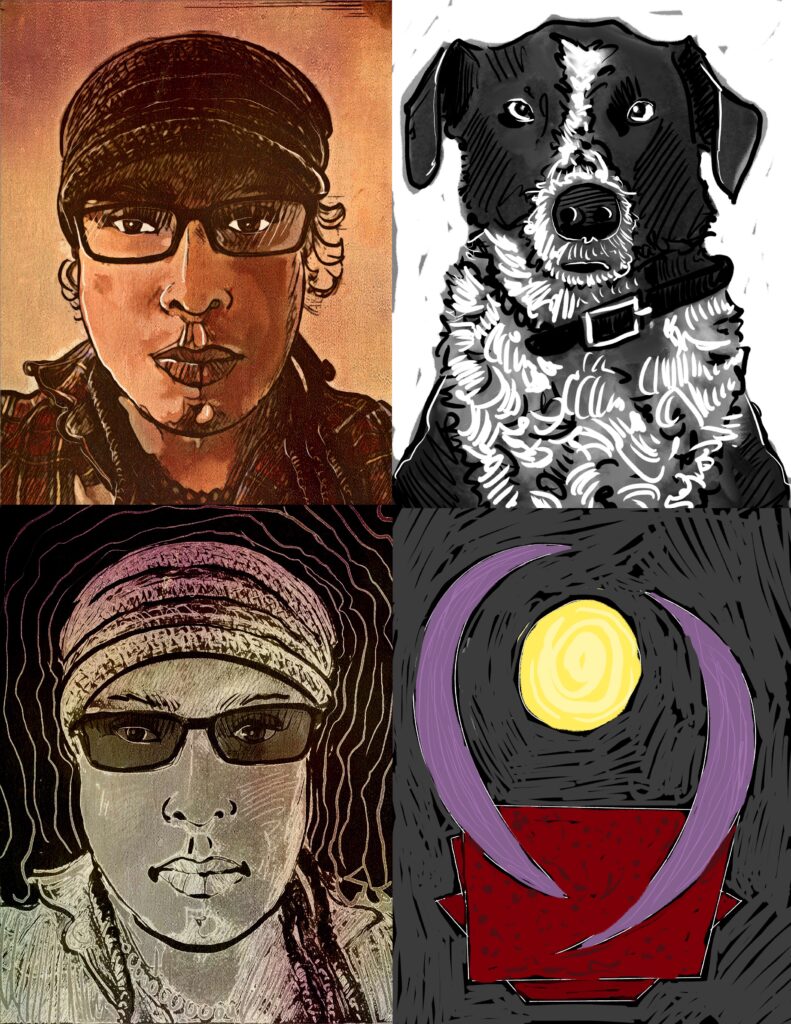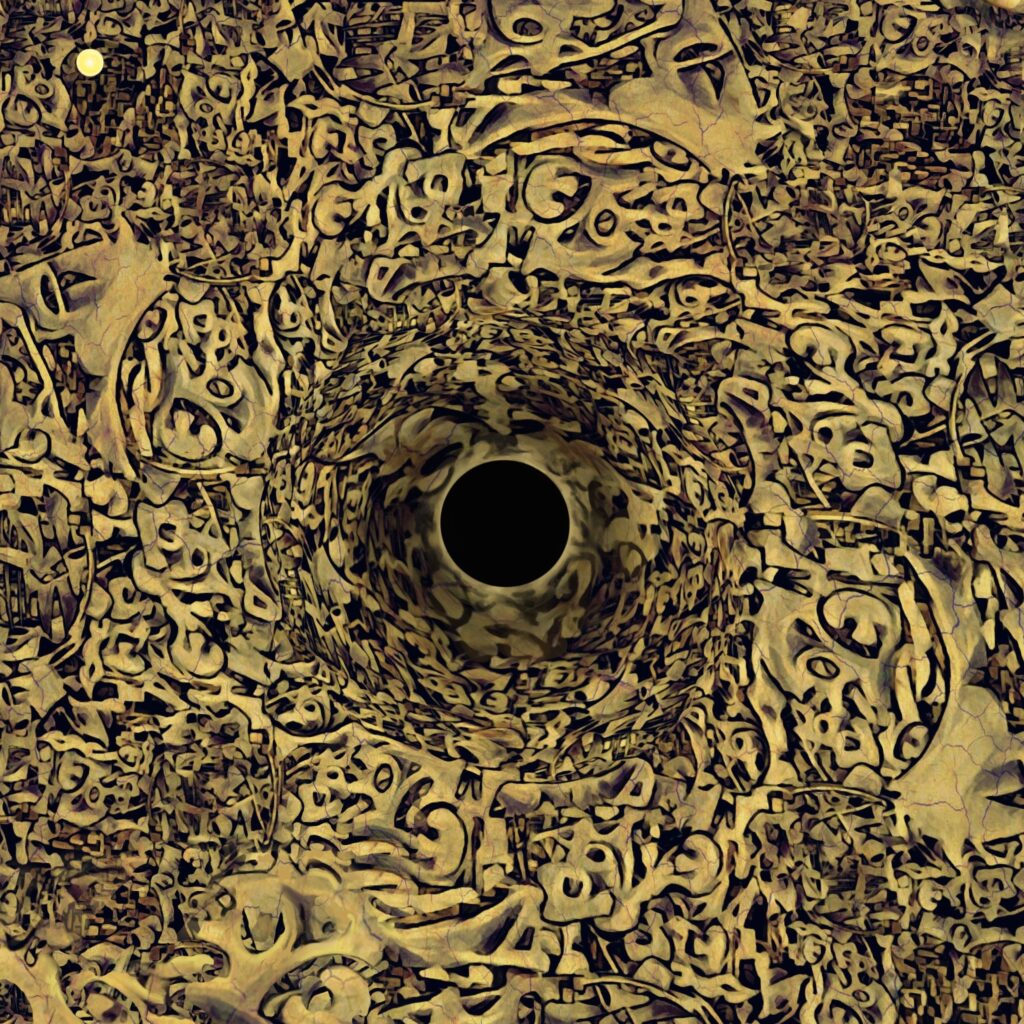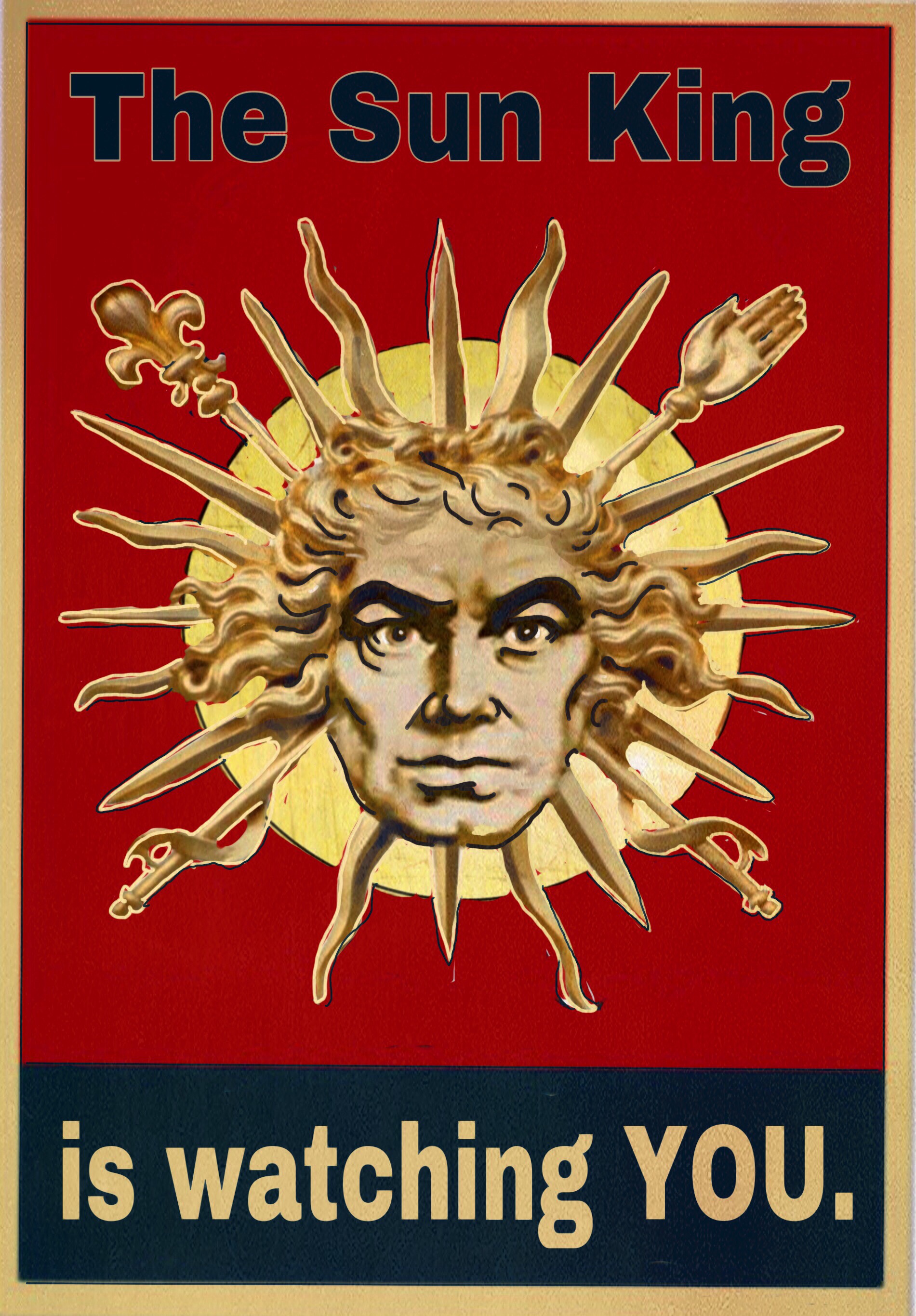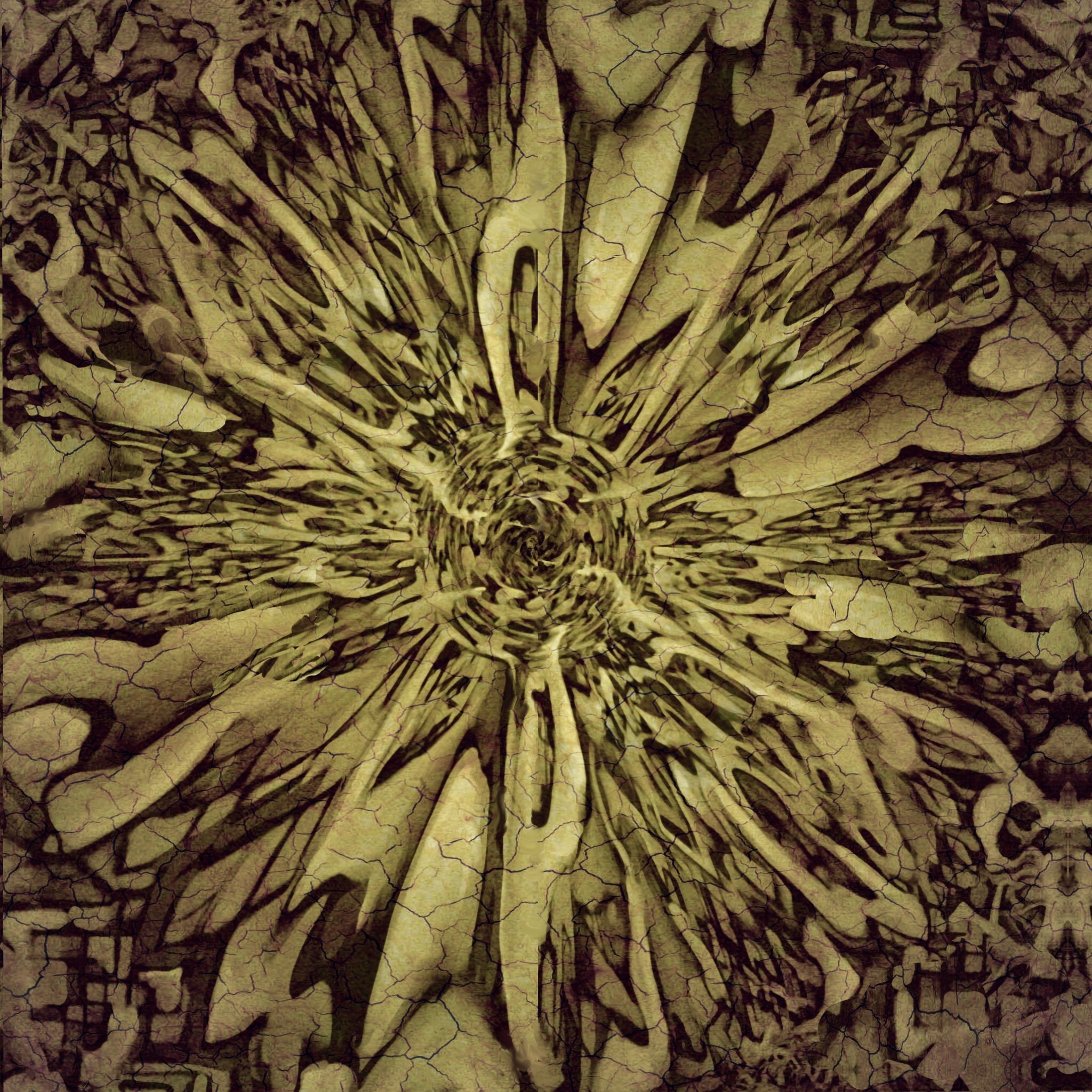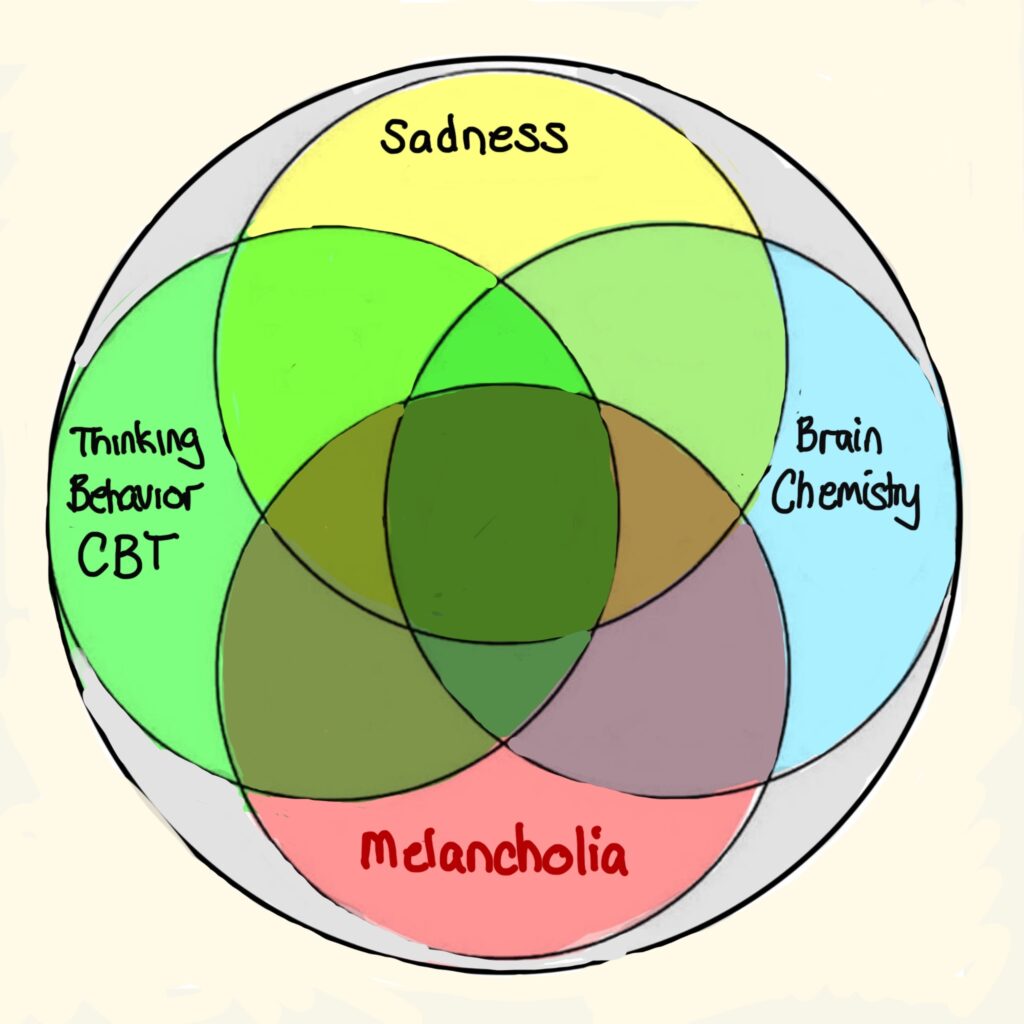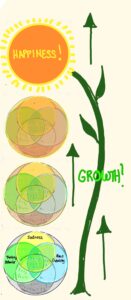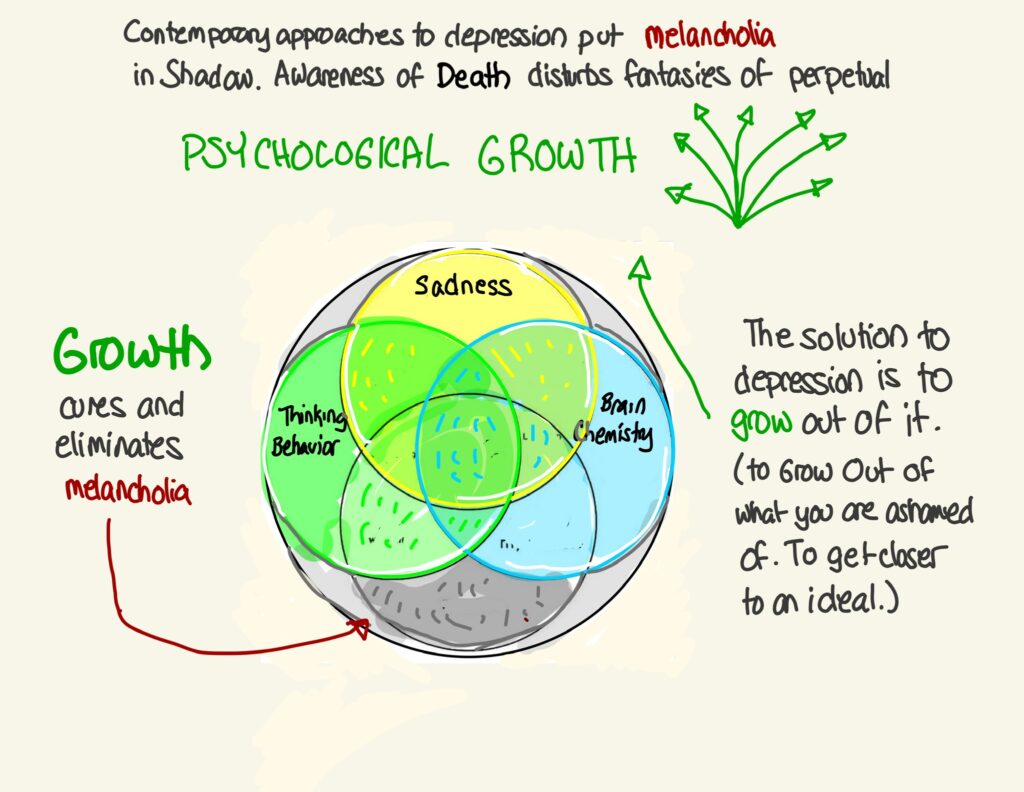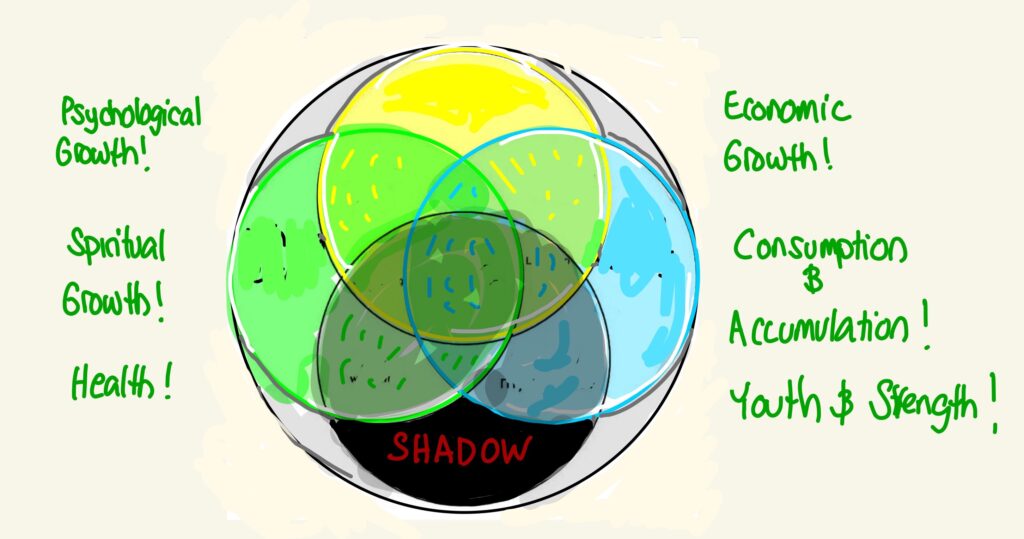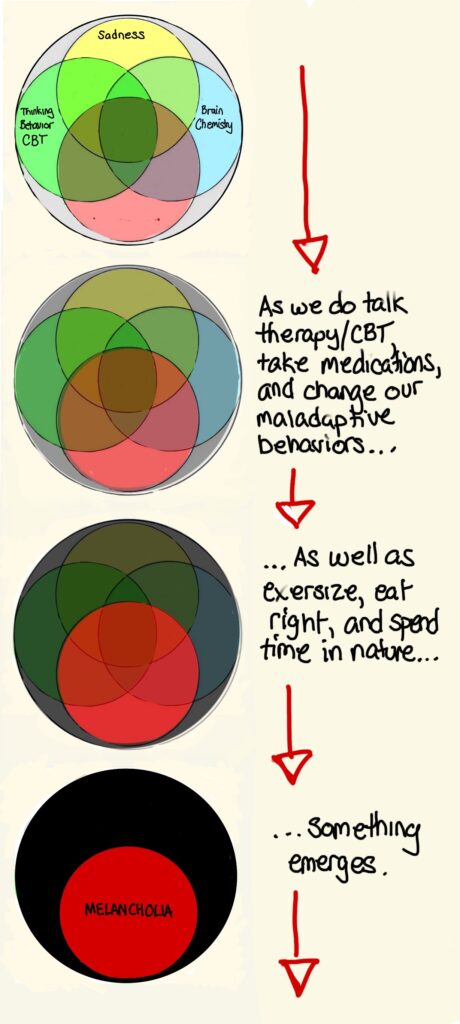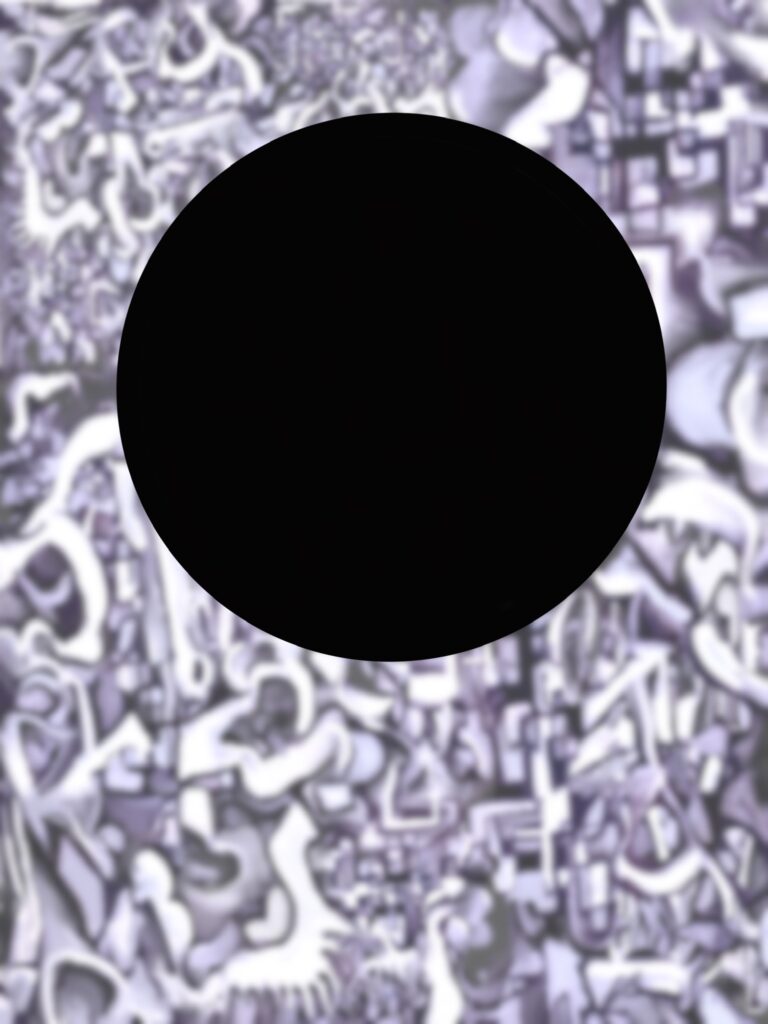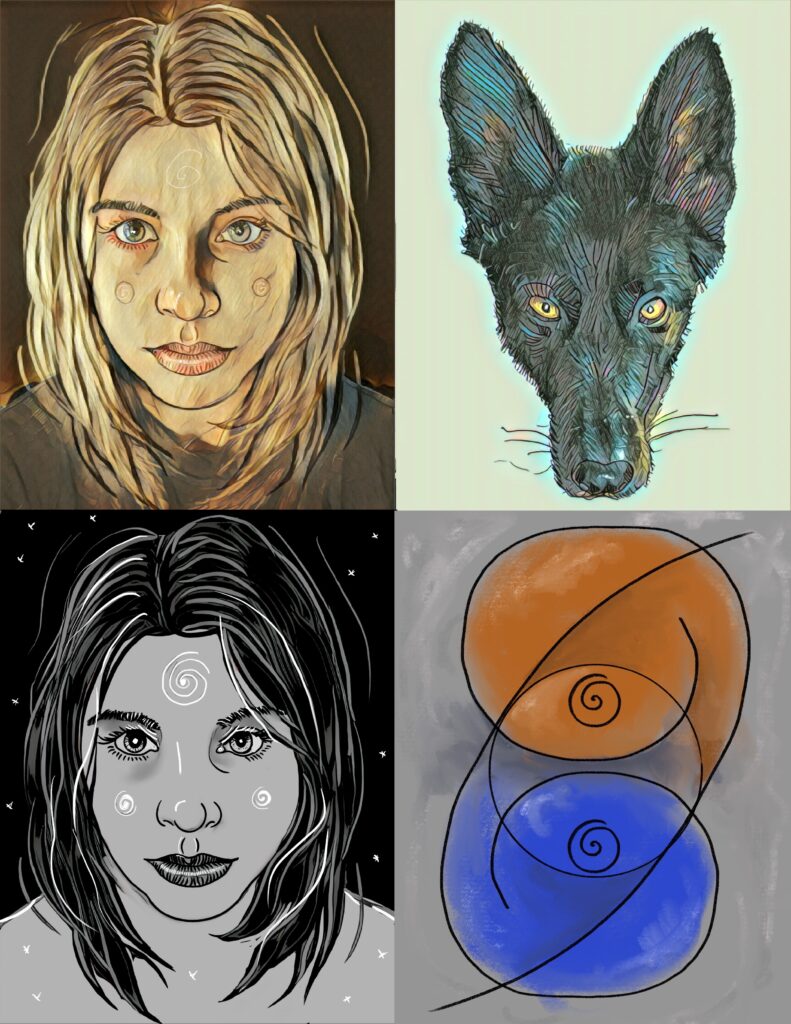
I met Eva Flamm more than a decade ago when she first left her assistant’s job in order to pursue screenwriting full time. Since then, in writers’ groups and coffee houses we have had a long ongoing conversation about numinous experiences and the genre stories they inspire. Here is a snippet of a recent back and forth we had over Zoom.
Sean Hood: We had a conversation once about the Irish concept of “thin places,” places where the boundary between rational and irrational, reality and dream, gets thin. When did you first start getting interested in these sorts of experiences? (Ones that you would later write about.)
Eva Flamm: This has been a fundamental part of me for almost as far back as I can remember, but specifically, when I was ten I had a particular dream. My entire life has been shaped by that dream. There was the person I was before I had the dream and there was the person I was the next morning when I woke up. Everything became different.
Sean Hood: Do you mind talking about it?
Eva Flamm: Well, I don’t think it will really convey the quality of what happened.
Sean Hood: Of course dreams always have a quality that cannot be described in words, but give it a try.
Eva Flamm: Well, when I was ten we moved to a new state and a new city because my dad gotten a new job. So, we went on a road trip across the country. When we finally arrived at our new house,
it was a really dark and stormy night and we didn’t have any furniture unpacked yet. We were all sleeping in the same room on mattresses on the floor. It was it was a pretty unsettled time in my life because I was in this new place and I didn’t feel like I had a whole lot to hold on to.
That night, I went to sleep and I dreamed that I found a sled that could fly. But it wasn’t exactly a sled. That’s what I’m calling it, a sled, but in the dream, there was something about it that was actually something else, something much more than a sled. And the thing, that something more, made the dream… just completely overpowering for me for years.
Sean: What was it the felt overpowering?
Eva Flamm: Um, it was two things. One of the things was the feeling of flying while it was snowing. You know, when it snows, the sky becomes like layers of rooms, like there’s all these spaces, these other rooms above and below, which we don’t usually notice because we can’t see them.
But, when it’s snowing, you become aware of those spaces as snow falls through them – those layers, other worlds, above you that you would inhabit if you could just fly up into them.
So, I’m on this sled, and I’m I’m up there in those layers and I am so happy. Like the biggest high I’ve ever had while not awake. And then I woke up, still in the dream, and I thought “I’ve been dreaming. The sled is not going to be there.” But then I went to the place I had left it, and it was still there.
And so at that point, I was completely convinced it had happened, this thing I had always wanted to happen (an experience of another world) had happened. I had found it. It was really there. But, then I really DID wake up.
For years afterwards, I would look for it, that sled, because I fully expected to find it. It was like I was missing a part of myself. It didn’t seem possible or fair that you could want something that much if it didn’t actually exist.
Sean Hood: Right.
Eva Flamm: And I did actually find it.
Sean Hood: Do tell.
Eva Flamm: I don’t know if it can fly. I haven’t gotten on it yet. But eight years ago, I was I was home visiting my parents, and we went to this antiques barn. There were just tables and tables of kitsch from, um, you know, decades and decades ago, clothes, shoes, silver christening spoons.
I went to the upstairs level. It was freezing, and snow was coming through cracks in the boards, and I came around the corner and there it was. And I knew for sure it was my sled.
You know how when you wake up from a dream, you can remember the vague outlines of the thing, but you already know you have forgotten some important stuff about it?
Sean Hood: I know what you mean.
Eva Flamm: When I saw it, the sled, I immediately remembered what I had forgotten from the dream which was why it was not like other sleds: the runners were made of wood. The whole thing was made of wood. It was carved out of one piece of wood.
I never seen a sled like that before, but when I looked at it, it was like looking at my own face. I knew it so well. It was like when you haven’t seen someone in seven years and then you bump into them, and you suddenly remember: Oh my god, of course, that’s how your LAUGH sounds; that’s how your forehead wrinkles up when you look confused. It’s YOU.
The second thing about it was this: After flying in the dream, the last thing I did was paint the sled red, and I could tell that this sled that I found in the barn had been painted red a very long time ago, but that most of the paint had flaked off.
Sean Hood: I assume you purchased the sled.
Eva Flamm: I did.
Sean Hood: Where is it now?
Eva Flamm: In my parents attic, someday I’ll try it, someday I’ll ride it, but not yet, not for a while.
Sean Hood: And these sorts of experiences inspired you to write stories about other worlds and magical connections?
Eva Flamm: I think the only way to adequately convey something like this to someone else is by telling a story about it. With the story, you can fill in the atmosphere and the context, you can make the experience, no matter how strange, seem so… familiar. And, I think that the more specific the story is the more familiar it will seem to a lot of people.
Sean Hood: And isn’t it interesting that it’s only in the specificity of it that it becomes relatable and universal. Even experiences that are “weird” or “uncanny.”
Eva Flamm: There is a sense in our culture that if you wake up sad, something’s wrong with you, but perhaps we wake upset because there’s another place, a place that we’re familiar with, and we simply would rather be there.
What I want to convey to other people in my stories is this: If you go out there, if you do look for it, something is going to happen. I can’t tell you what it is because I haven’t experienced your dreams. However, it would be extremely unusual if you went out there looking for it and nothing happened.
